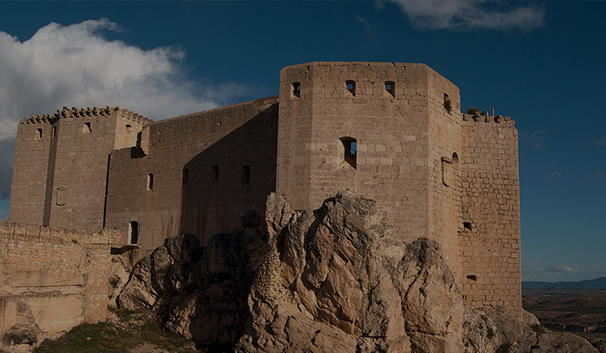hearfeellive
Passion for the thunderous sound with which you can feel how your skin vibrates and bristles
In the processions, the participants must keep the orderliness and composure, and in any case, it is banned to walk on the streets with drums, except for those few drummers with the authority’s permission who have been appointed by the Carmen’s Brotherhood, and even those will only go in the procession…”.
Municipal ordinances of Mula, 1859.
“We believe we can assure that this year there will be drums and nazarenes until the time of the Holly Wednesday’s procession, and in the following days, the drums or the covered nazarenes will not be allowed at all”. The News of Mula, 27th March 1892.”
The discontent of the rulers with the “carnival” during the Holly Week and the impossibility of banning it due to the large amount of participants lead to an increasing reduction in the number of hours when drumming was allowed. Those hours were reduced to as much as only four hours during the dictatorship of Primo de Rivera, although curiously, it was allowed to walk wearing the penitent robe during more hours on different days.
After the fall of the tradition during the dictatorship and the later “Soft Dictatorship” of the General Dámaso Berenguer, the “tamborada” returned to normal with the establishment of the Second Spanish Republic. With the advent of Franco dictatorship, the “tamborada” remained alive as the power of the mass of adepts made it unthinkable to ban the drumming. However, a new obstacle arose when the rulers imposed a tax on drumming.
The “tamborada” survived in those conditions during the years of dictatorship until the advent of the Democracy, when it started to look more like a festivity.
We know that in 1875, they did not only use black robes but also blue or purple robes:
“Some happy and funny young guys, following the traditional practice of producing those scenes, dressed as nazarenes with clothes of black, blue or purple percaline and a mask, and they walked along the poorly paved streets and squares while playing the drums”. Newspaper The Constitutional of Alicante, 9th – 13th November 1875.Newspaper The Constitutional of Alicante, 9th – 13th November 1875


